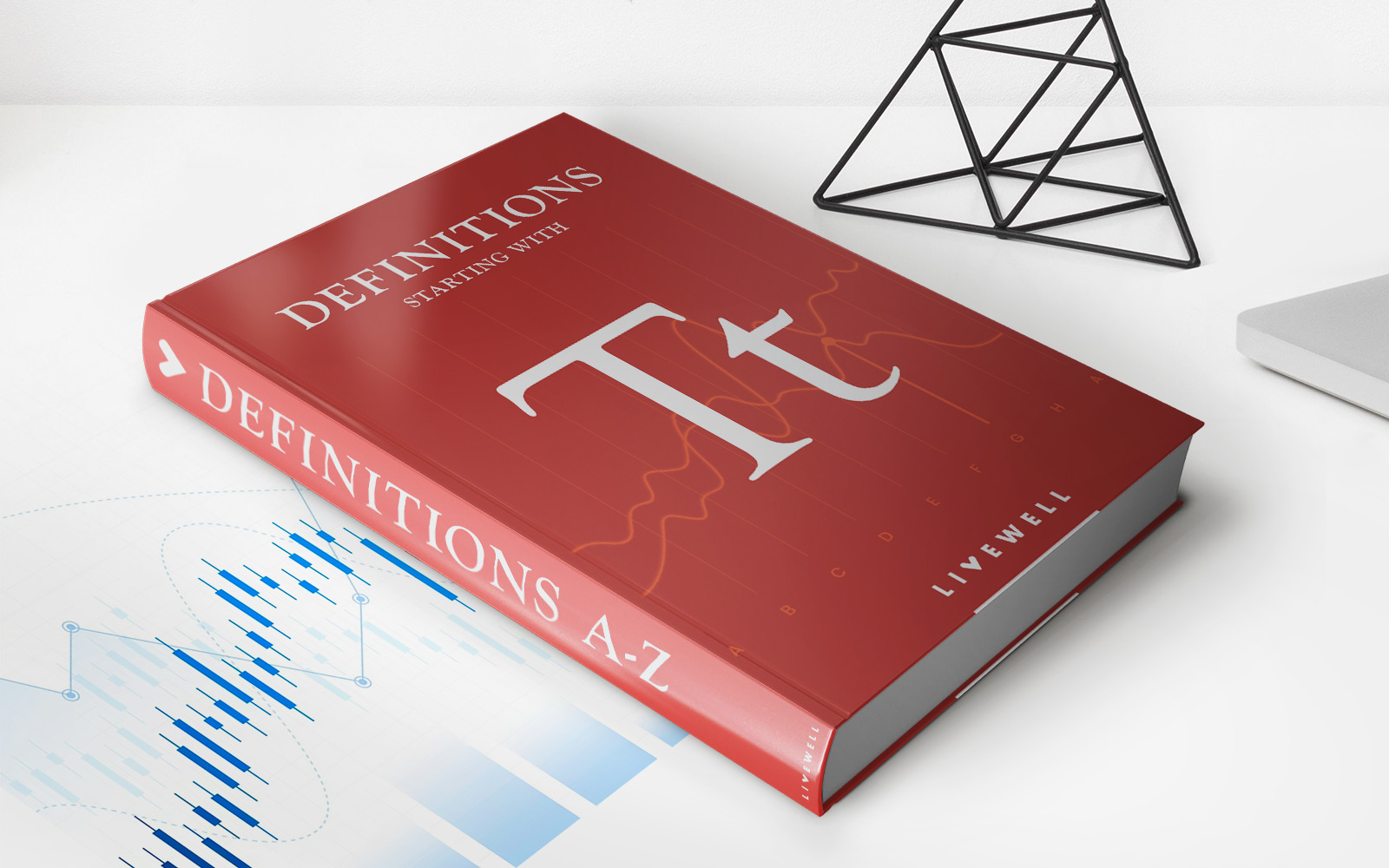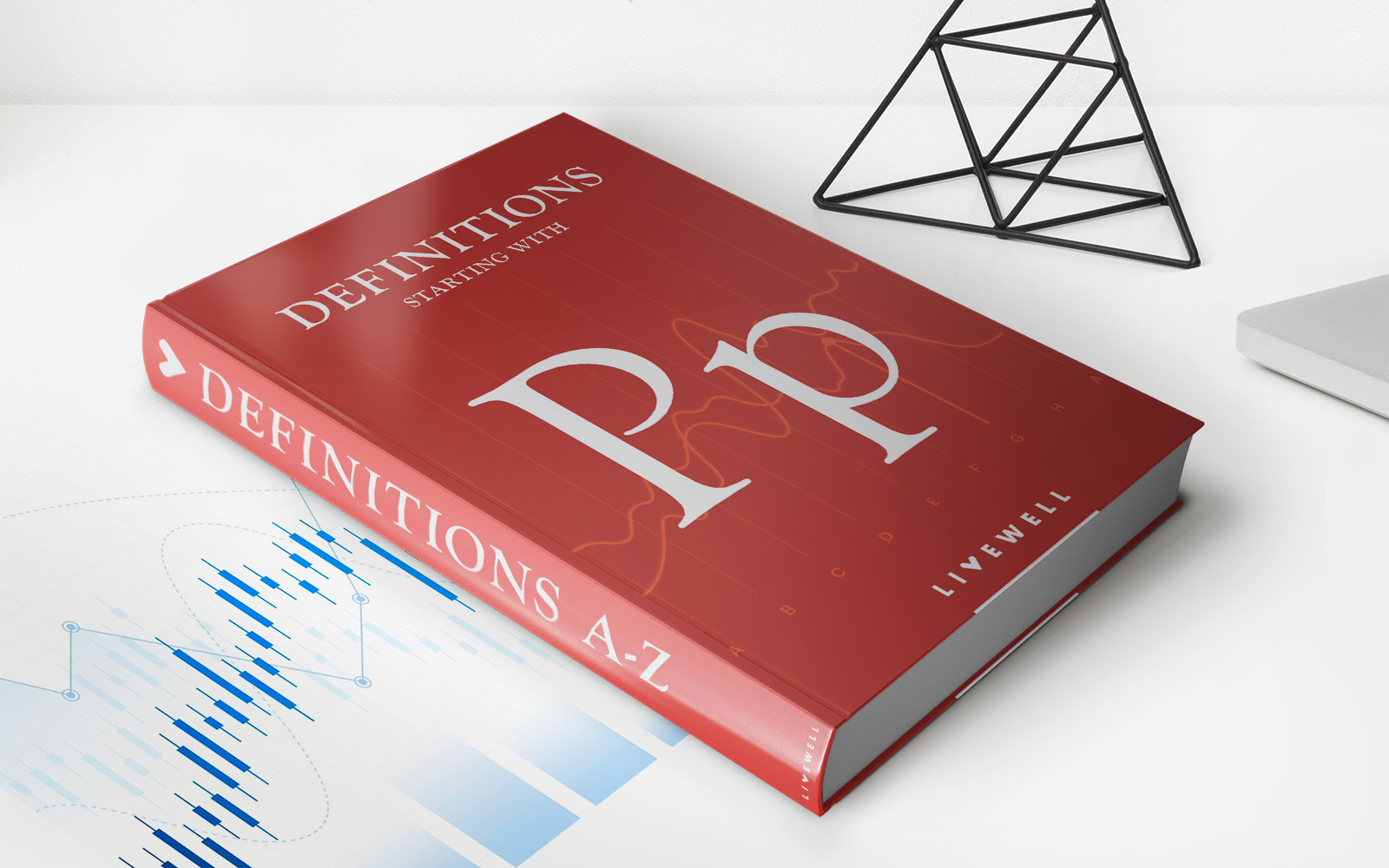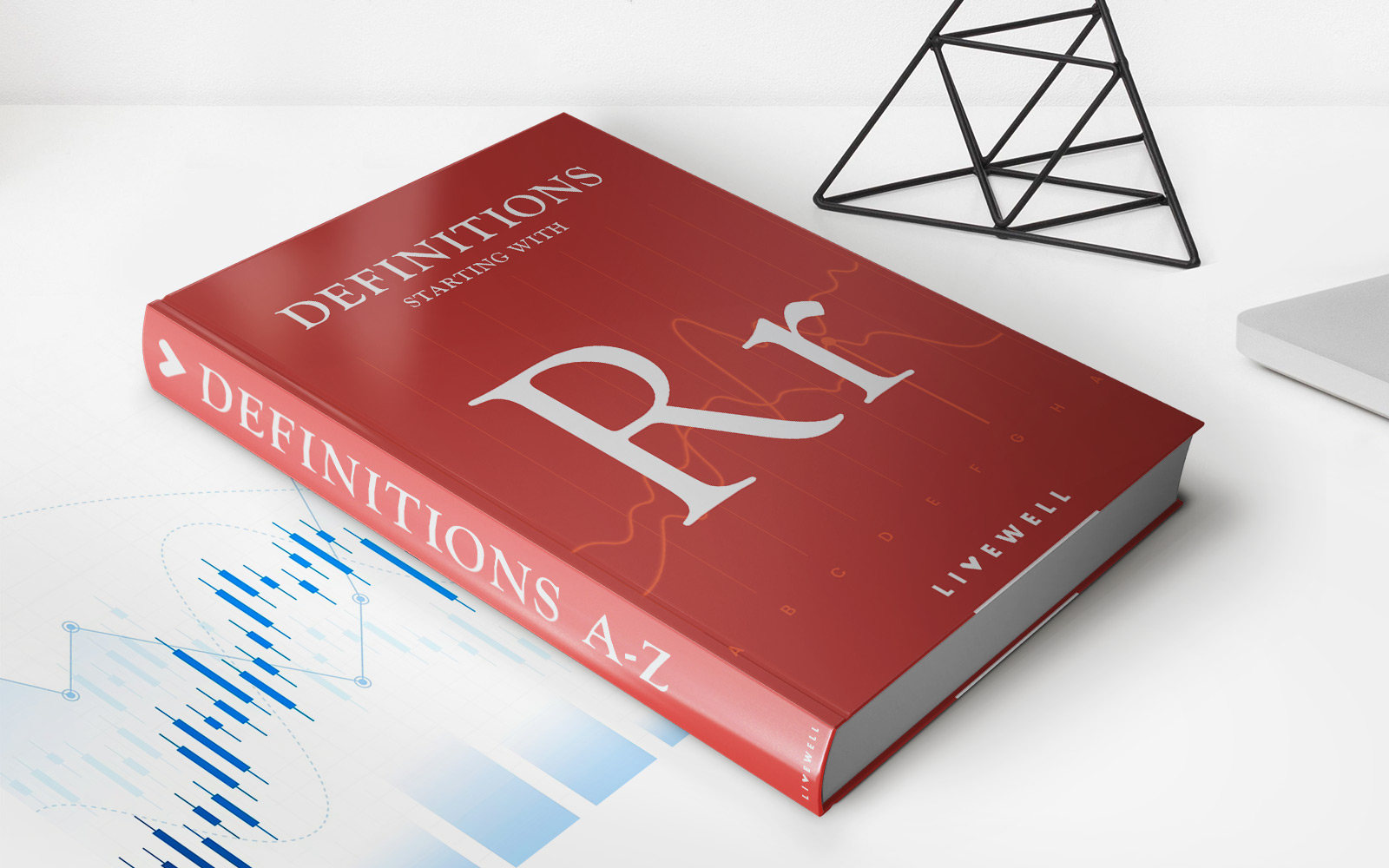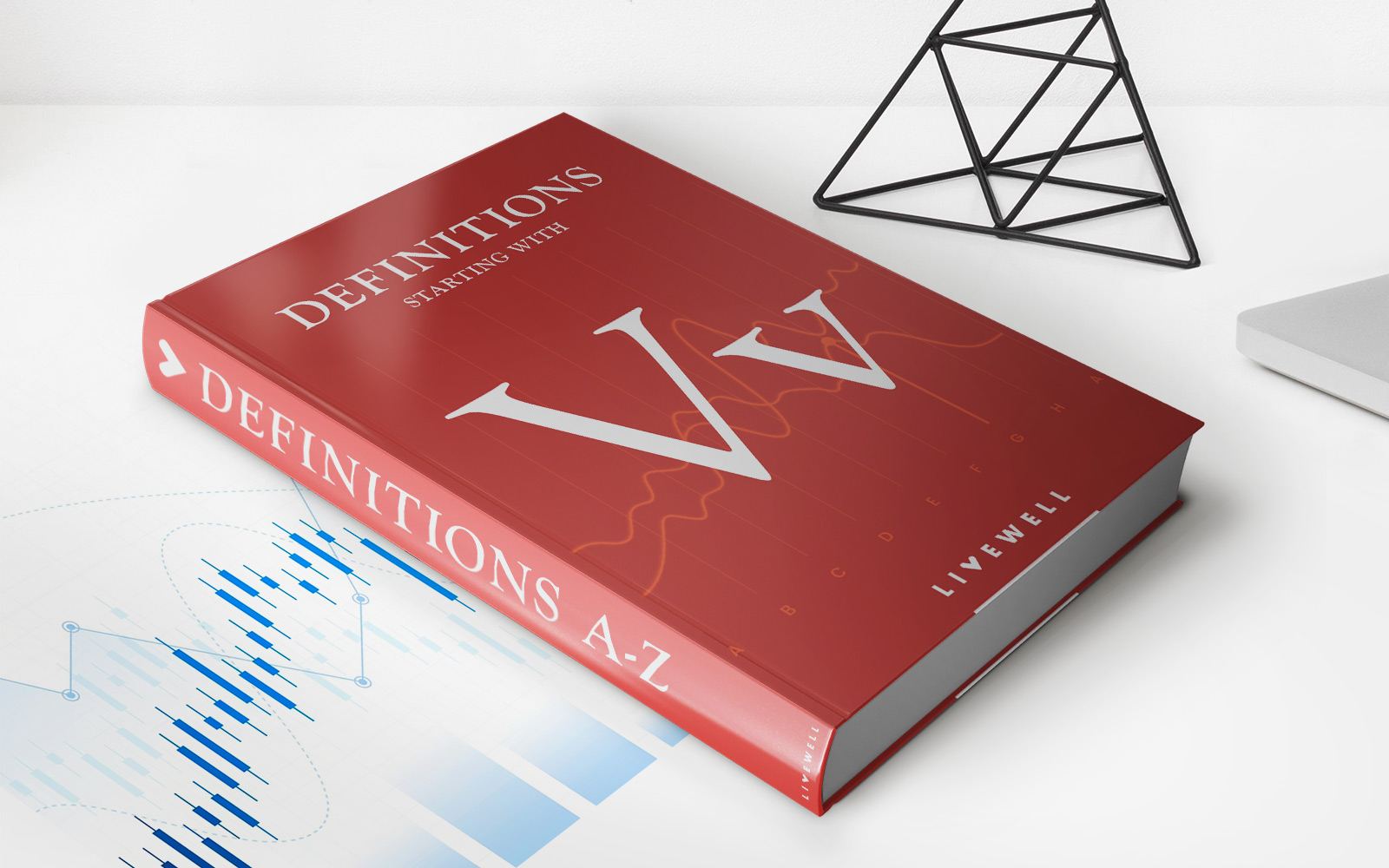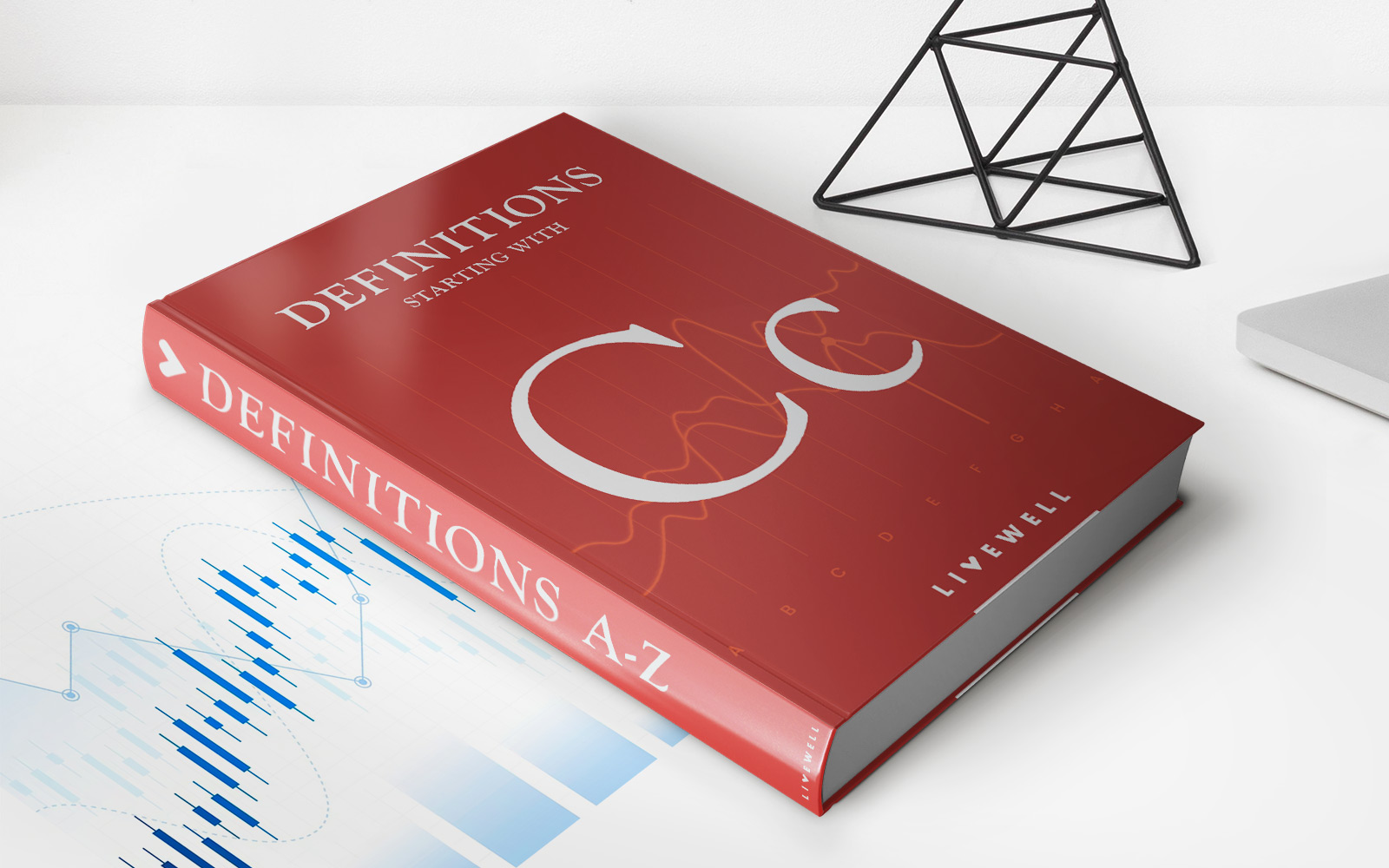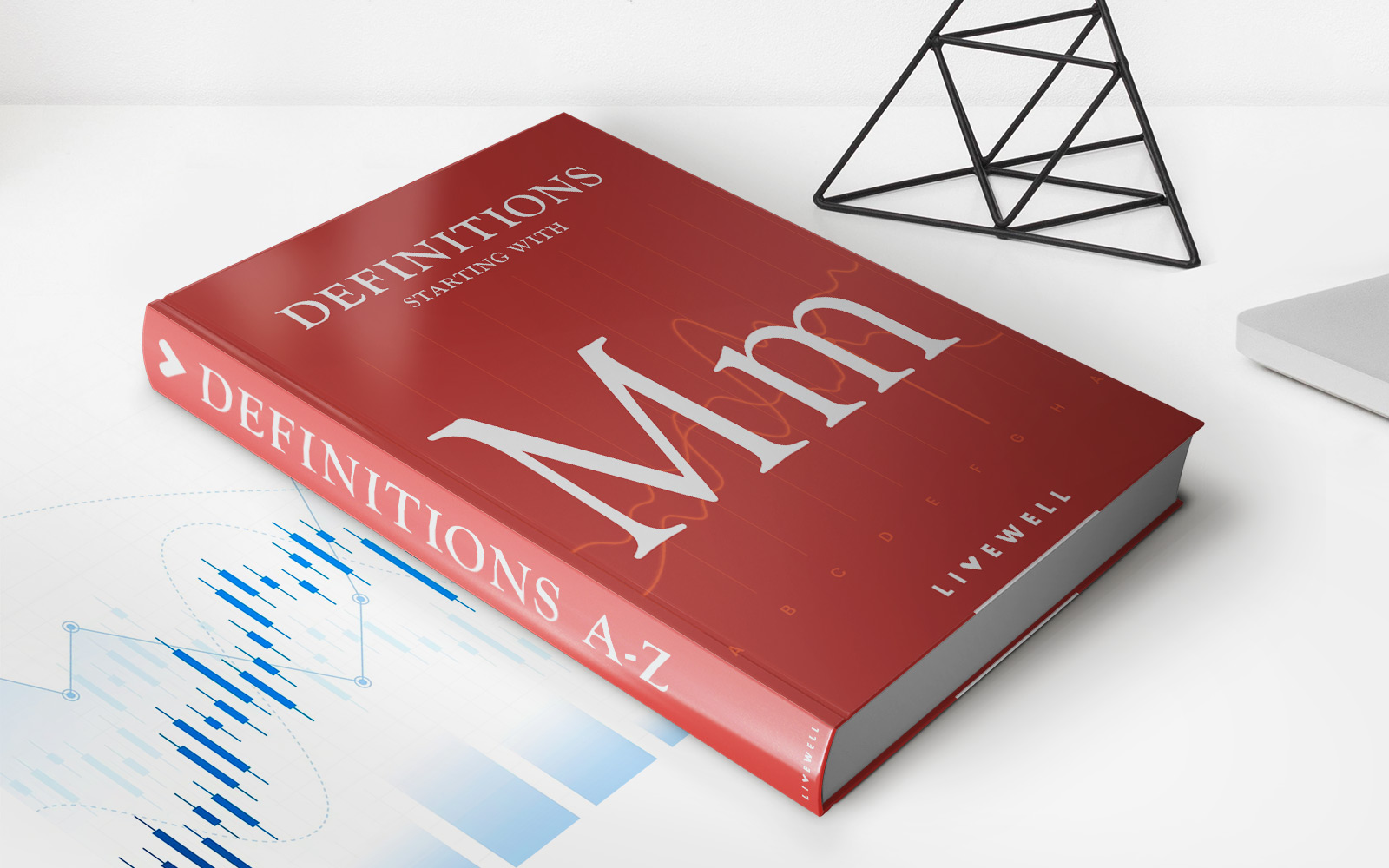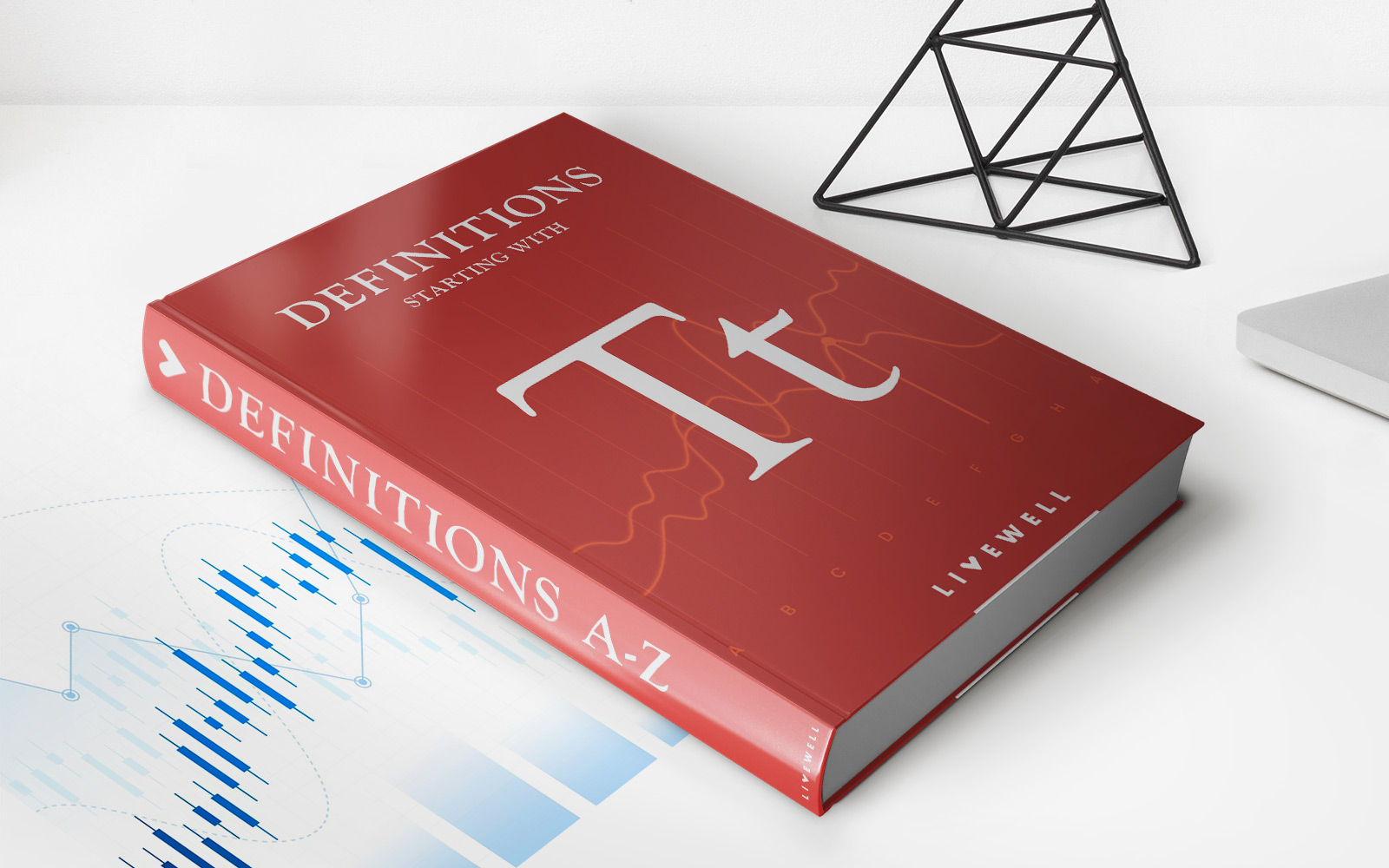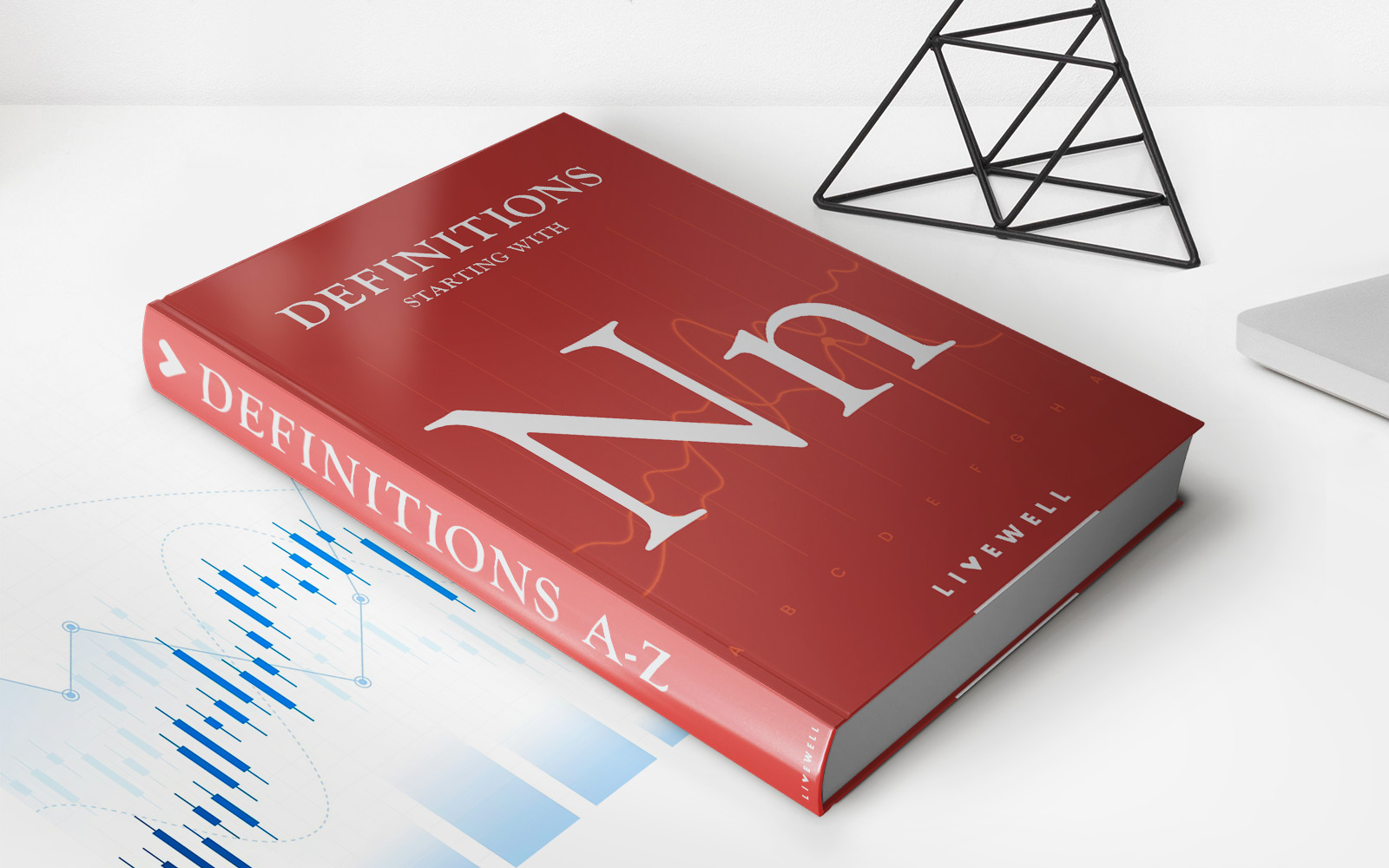Home>Finance>What Is A Paper Trade? Definition, Meaning, And How To Trade
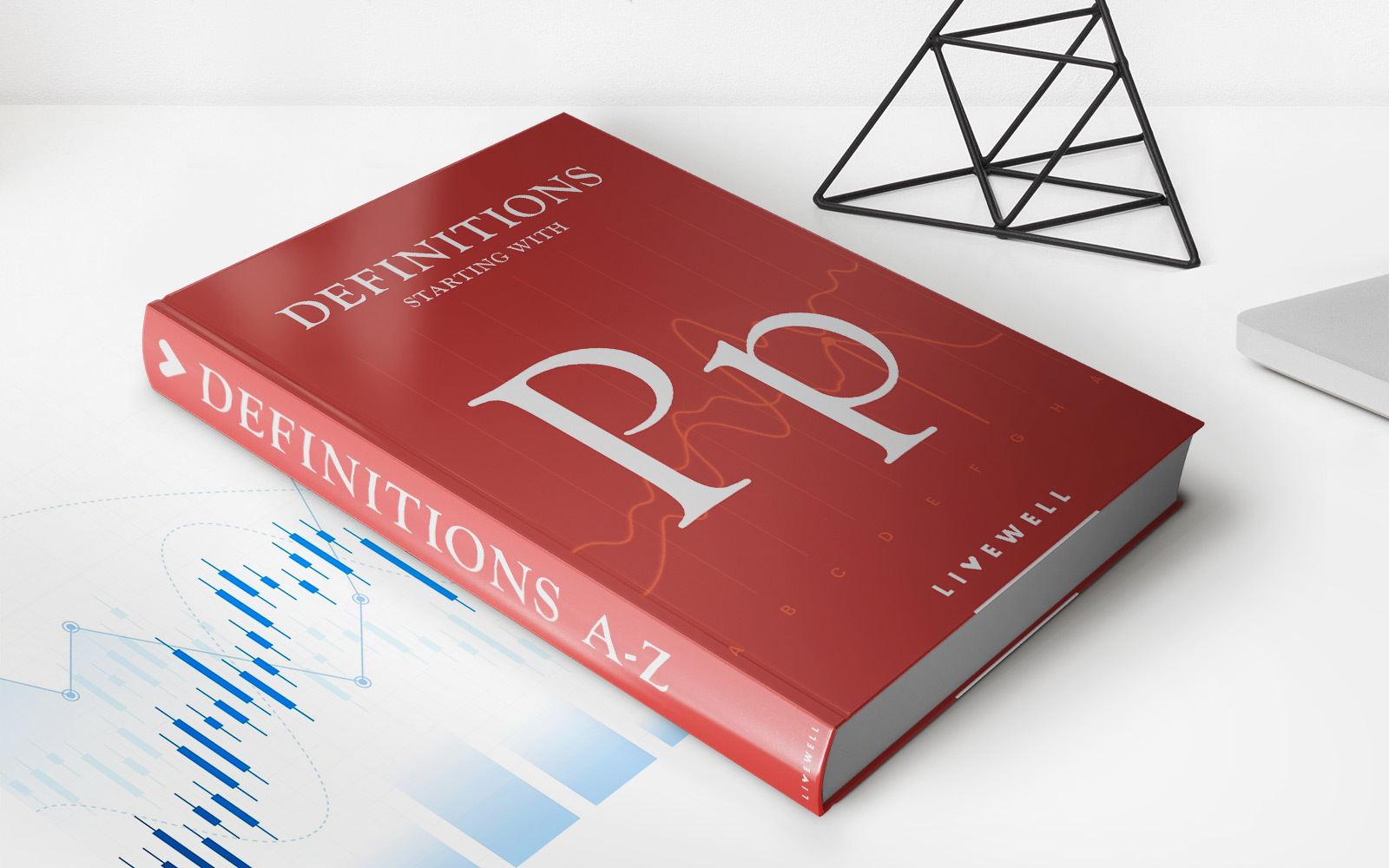

Finance
What Is A Paper Trade? Definition, Meaning, And How To Trade
Published: January 5, 2024
Learn what a paper trade is in finance, its definition, meaning, and how to trade. Master the art of simulated trading without risking real money.
(Many of the links in this article redirect to a specific reviewed product. Your purchase of these products through affiliate links helps to generate commission for LiveWell, at no extra cost. Learn more)
The World of Paper Trading: An Introduction
Have you ever wondered how to get started in the world of trading without putting your hard-earned money at risk? If so, then paper trading might be just the option for you. In this article, we will delve into the definition and meaning of paper trading, as well as explore how you can participate in this virtual trading environment to hone your trading skills. So, let’s jump right into it!
Key Takeaways:
- Paper trading allows individuals to simulate real-time trading scenarios without using real money.
- It’s a great tool for beginners and experienced traders alike to test strategies and familiarize themselves with different markets.
Understanding Paper Trading:
Paper trading, also known as virtual trading, is a simulated trading method wherein traders can practice buying and selling securities without using actual money. Instead, individuals use virtual currency to conduct transactions, allowing them to gain hands-on experience and refine their trading techniques.
But why would anyone want to trade with virtual currency when the real money opportunities are abound? Well, paper trading offers some notable advantages that make it an attractive option:
- Risk-free environment: One of the key benefits of paper trading is that it eliminates the risk of losing real money. This provides traders with a safe space to experiment with different strategies, explore various markets, and gain confidence without financial repercussions.
- Learning and development: Whether you’re a beginner or an experienced trader, paper trading provides an excellent platform to learn about the mechanics of trading, test new strategies, and enhance your skills. It allows you to analyze your trades and make necessary adjustments without the fear of financial loss.
- Market experience: Paper trading allows you to gain exposure to real-time market conditions. By participating in a simulated trading environment, you can familiarize yourself with different markets, understand market dynamics, and learn to interpret charts and indicators.
- No time constraints: Unlike live trading, paper trading is not bound by time constraints. You can explore various strategies, conduct multiple trades, and dive into different markets at your own pace. This flexibility is particularly useful for busy individuals who want to hone their trading skills without compromising their schedule.
How to Paper Trade:
Now that you understand the benefits of paper trading, let’s walk through the steps to get started:
- Choose a paper trading platform: There are several online platforms available that offer virtual trading environments. Research and select a platform that suits your needs, considering factors such as user-friendly interface, access to real-time market data, and the ability to practice with a variety of financial instruments.
- Create an account: Sign up and create an account on your chosen paper trading platform. Typically, you will be required to provide some basic personal information.
- Select your virtual currency: Paper trading platforms often provide a range of virtual currencies to use for trading. Choose the currency that aligns with your trading goals and start with an amount that mirrors your real trading account.
- Explore the platform: Familiarize yourself with the features of the paper trading platform, including the trading interface, order types, and market research tools. Take the time to understand how to execute trades and access real-time market information.
- Develop and test your strategies: This is where the real learning happens. Experiment with different trading strategies, analyze your trades, and evaluate the results. By refining your approach and adapting to market conditions, you can develop a trading strategy that works for you.
- Monitor your progress: Keep a track record of your trades and analyze your performance. Focus on areas where you can improve and learn from your mistakes. The goal is to build your trading skills and gain confidence.
- Transition to live trading: Once you feel comfortable and confident in your paper trading results, you can consider transitioning to live trading. Remember to start with small investments and continue practicing your strategies to ensure long-term success.
The Benefits of Paper Trading:
As you can see, paper trading offers a wealth of benefits for traders looking to gain experience or refine their strategies. By providing a risk-free environment, it allows individuals to learn, grow, and adapt to market conditions without the fear of losing real money. Whether you are a beginner or a seasoned trader, paper trading is an invaluable tool that can help sharpen your skills and improve your overall trading performance.
So, why wait? Explore paper trading platforms, research the markets, and start honing your trading skills today!
